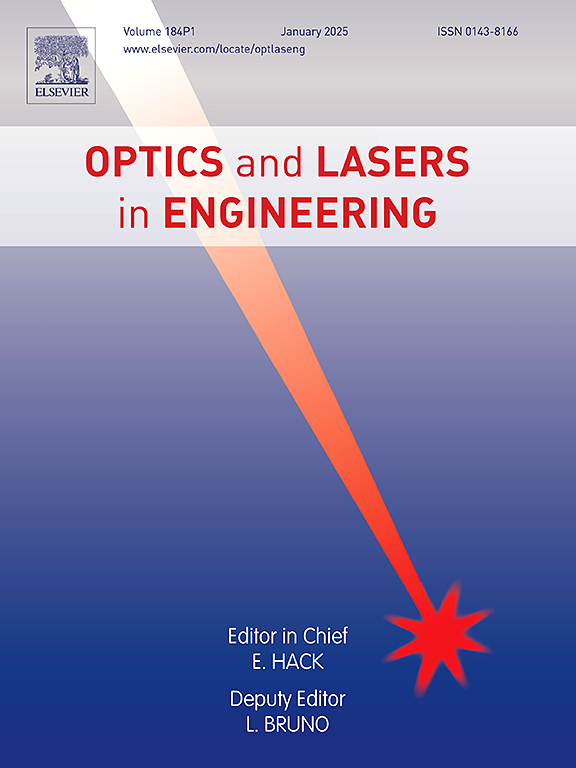A coarse-to-fine heterologous registration method for Infrared-Visible images based on MDC and MSMA-SCW descriptors
IF 3.5
2区 工程技术
Q2 OPTICS
引用次数: 0
Abstract
Heterologous image registration is one of the key technologies for information fusion of infrared image and visible image. Considering the differences of image resolution, feature, and viewing angle between infrared image and visible image, a method consisting of MDC (Multi-scale Duty Cycle) descriptor and MSMA-SCW (Multi-Scale and Multi-Angle partitioned for Shape Context Weighted) descriptor based on edge feature description is proposed for heterologous image registration. The MDC descriptor is designed to describe the edge feature of image, which is used for coarse registration to find the maximum similarity region and primary matching scale. The MSMA-SCW descriptor was designed to describe the key point on the maximum similarity region, which is used for fine registration to match the key points at refined multi-scale between two images. Finally, the transformation relationship of image position between the two images could be acquired through affine transformation based on the results the matched key points. Experimental results have shown that the proposed method is of high accuracy in heterogeneous images registration of infrared images and visible images.
求助全文
约1分钟内获得全文
求助全文
来源期刊

Optics and Lasers in Engineering
工程技术-光学
CiteScore
8.90
自引率
8.70%
发文量
384
审稿时长
42 days
期刊介绍:
Optics and Lasers in Engineering aims at providing an international forum for the interchange of information on the development of optical techniques and laser technology in engineering. Emphasis is placed on contributions targeted at the practical use of methods and devices, the development and enhancement of solutions and new theoretical concepts for experimental methods.
Optics and Lasers in Engineering reflects the main areas in which optical methods are being used and developed for an engineering environment. Manuscripts should offer clear evidence of novelty and significance. Papers focusing on parameter optimization or computational issues are not suitable. Similarly, papers focussed on an application rather than the optical method fall outside the journal''s scope. The scope of the journal is defined to include the following:
-Optical Metrology-
Optical Methods for 3D visualization and virtual engineering-
Optical Techniques for Microsystems-
Imaging, Microscopy and Adaptive Optics-
Computational Imaging-
Laser methods in manufacturing-
Integrated optical and photonic sensors-
Optics and Photonics in Life Science-
Hyperspectral and spectroscopic methods-
Infrared and Terahertz techniques
 求助内容:
求助内容: 应助结果提醒方式:
应助结果提醒方式:


